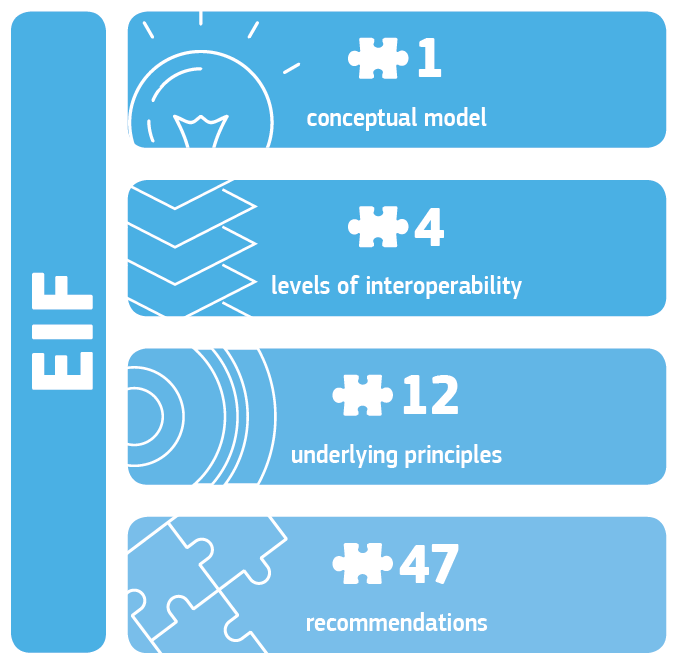
Making public administrations more modern, innovative and efficient with the new European Interoperability Framework (EIF)
Konstantinos BOVALIS, Deputy Head of the ISA Unit, DG Informatics, European Commission
The European Interoperability Framework (EIF) will help public administrations to better fulfil citizens’ and businesses’ needs when it comes to the delivery of online public services, nationally and across borders. This will in turn contribute to the establishment of the Digital Single Market and to Europe's growth potential and competitiveness.
In a world transformed by technology and in which everything is linked, public administrations are intensively looking for ways to offer the advantages of digital communication to businesses and citizens in the area of public services. Specific guidance on how to organise their services in a way that these are digital and interoperable, thus of better quality and lower cost is now available.
The ISA unit at the Directorate General for Informatics of the European Commission has developed, in a form of a Communication, a new European Interoperability Framework (EIF), commonly agreed with the help of the Member States and other stakeholders through intense consultations. It is a framework that promotes the digital, cross-border and open delivery of public services in the Union on the basis of key principles. Furthermore, it includes models upon which interoperability activities should be organised, and addresses recommendations and specific existing solutions to implement them.
/isa2/file/eif1png-0_eneif1.png

The new EIF emphasises on how interoperability principles and models should apply in practice. It considers emerging policy-related, i.e. digital single market, eIDAS, and technological developments, i.e. big and open data. It puts a strong focus on openness and information management, data portability, interoperability governance and integrated service delivery.
Member States should ensure that their national interoperability frameworks and strategies, comply with the EIF. This way, existing digital fragmentation will be addressed and interoperability will apply at national and consequently at Union level, supporting the realisation of the digital single market.
To facilitate the implementation of the EIF by all European public administration, the Commission accompanies it with an Interoperability Action Plan, which includes a list of high-value priorities up until 2020.
We are aware of the complexity of the EIF implementation process, but public administrations are not alone in this long way for being more interoperable. The Commission will offer assistance to the Member States through specific programmes such as ISA² and observatories such as the National Interoperability Framework Observatory (NIFO) to help them be informed about ‘digital and interoperability aspects’, transpose the EIF nationally and share experiences.
Learn how to make your public administration more interoperable with the new EIF!
For further information contact isa2@ec.europa.eu.


